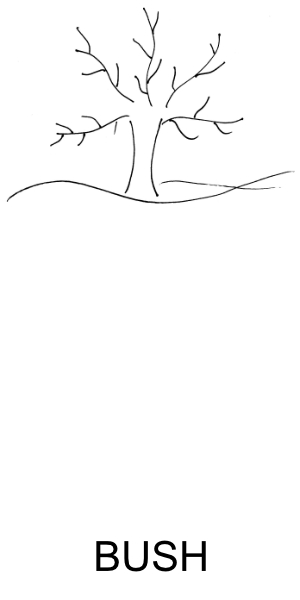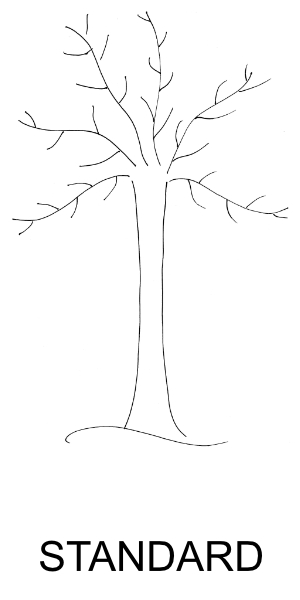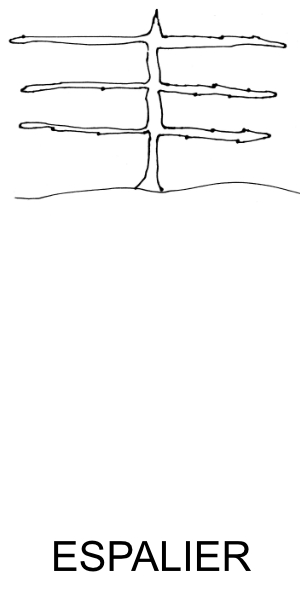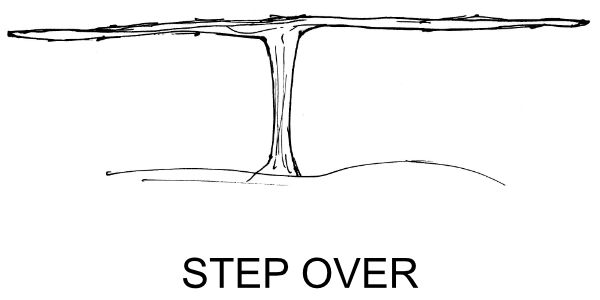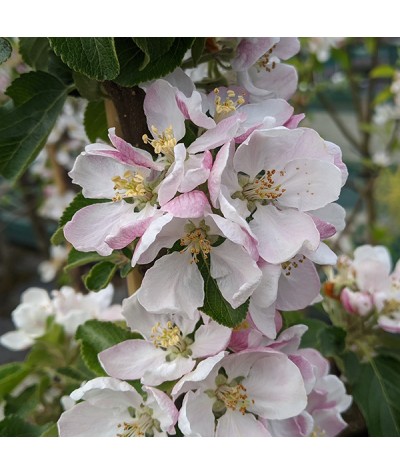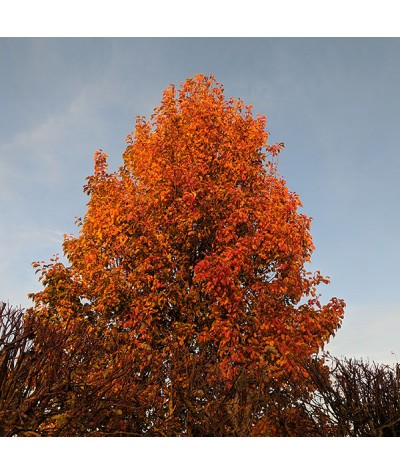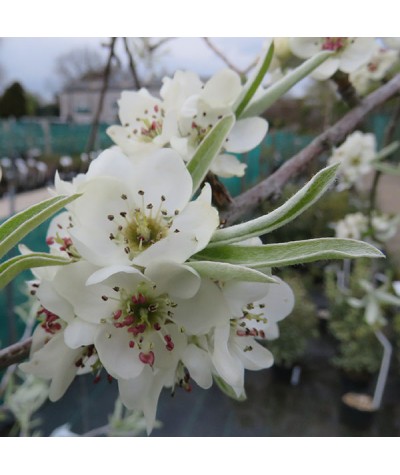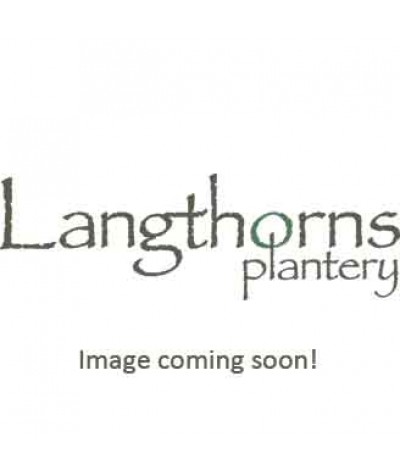
Winter Fruit Pruning
Apples, Pears, Quince, Medlar, Vines, Currants and Blueberries
Why do we prune?
We prune to get larger healthier fruits and achieve the desired shape with our trees or bushes.In order to do this here are 10 top tips that you should bear in mind when pruning.
Ten top tips
1. Remove dead, diseased and damaged wood (the 3 D's)
2. When removing whole branches, be sure to cut just above the collar and neatly pare down jagged edges with a sharp knife.
3. Prune out congested wood to allow air and sunlight into all areas of the tree. This will reduce the risk of disease and increase the sun's ability to ripen the fruit.
4. Cut just above a healthy bud. Your cut should be sloping away from the bud.
5. Ensure all your pruning tools are sharp and clean.
6. Once the 3 D's have been removed, shape or train to achieve the effect you want.
7. Fat buds, generally on spurs, produce flowers and fruit. Smaller, leaner buds tend to be growing shoots.
8. Thin, weak shoots should be removed and thick strong shoots should be pruned back by one third.
9. If you prune too hard, you will get lots of growing shoots (water shoots) the next year as the tree tries to recover. If you don't prune enough, you will lose the shape of the tree/bush and get a lower quality of fruit.
10. Don't be afraid, just follow these simple steps.
Useful pruning tools and aids.
1. A good quality pair of secateurs (Felco are the best).
2. A sharp pruning saw.
3. A quality pair of loppers.
4. A ball of garden twine.
5. Stakes, bamboo canes and tree ties.
6. Tent pegs or equivalent.
7. Vine eyes.
8. Training Wire.
9. A wheelbarrow.
Some classic shapes for apples and pears.
